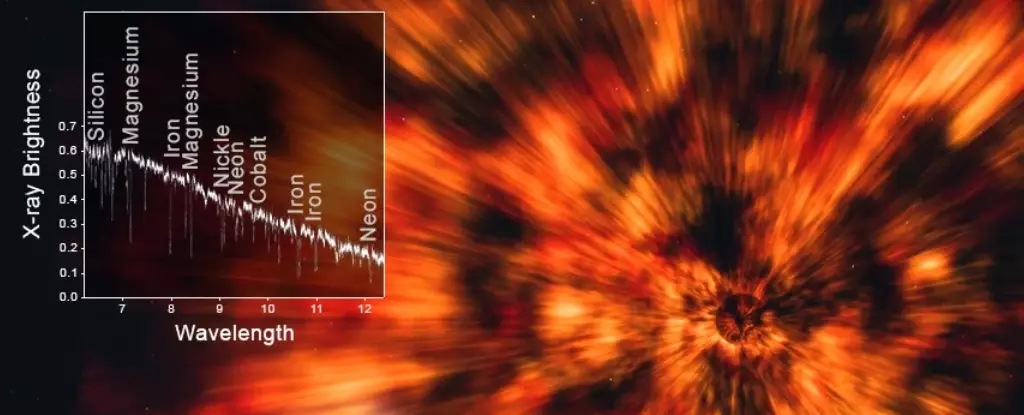The universe is an intricate tapestry of cosmic wonders, yet few phenomena pique our fascination as much as black holes. One prevalent myth is their role as insatiable monsters that consume not just matter but also the narrative attached to that matter. This claim simplifies a more nuanced reality: while it is true that once matter crosses a black hole’s event horizon, it may seem lost to the outside universe, there is still a wealth of historical information we can glean from the material that remains in orbit. Recent research triumphantly sheds light on the true origin of specific black hole systems, challenging our understanding and inviting us to reconsider how we interpret the cosmos.
The Discovery of GRO J1655-40
Enter the binary star system GRO J1655-40, an extraordinary case that serves as both a puzzle and a revelation. This system includes a black hole weighing approximately seven solar masses and a companion star exceeding three solar masses. The beauty of this setup lies in its history; it was once home to two massive stars. Astrophysical models suggest that the larger star, after exhausting its nuclear fuel, detonated into a supernova, subsequently collapsing into a black hole. This narrative highlights a cosmic cycle of birth, death, and rebirth, where remnants continue to revolve around the newly formed black hole.
Using Chandra’s Spectra Data for Astronomical Archaeology
The study builds on data collected by the Chandra X-ray Observatory back in 2005, a time when the system was particularly luminous in the X-ray spectrum. By mining this rich dataset for spectra, astronomers identified an astonishing array of 18 distinct elements—each a whisper of its stellar past. Herein lies the magic of what can be termed “astronomical archaeology.” The specific elements present in a stellar core can be traced back to the original star’s mass and chemical makeup. Through this methodology, researchers reconstructed the physical characteristics of the original progenitor star.
The Mass of Stellar Giants and Their Impact
Their analysis revealed that the progenitor star had an astounding mass of 25 suns, dwarfing its current companion. This result emphasizes a colossal reality—the majority of the original star’s mass was expelled into interstellar space, a product of the violent supernova explosion and the relentless stellar winds that emanated over time. Such findings underscore the intricate interplay of life and death in stellar dynamics, where substantial consequences ripple throughout time and space.
Implications for Understanding Stellar Evolution
The techniques pioneered in this research open new avenues for understanding not just this particular black hole system but also other similar scenarios across the cosmos. By applying these methods to different systems, astronomers can refine their models of binary star evolution and gain insights into how massive stars transition into black holes or neutron stars. This venture into the history of celestial bodies reaffirms the idea that while black holes may hide aspects of their past, they also act as custodians of stellar legacies, continuing to inform our understanding of cosmic history long after their progenitors have met their explosive fate.
The universe is a narrative waiting to be unveiled, and black holes are some of the most fascinating chapters within that story.


Leave a Reply